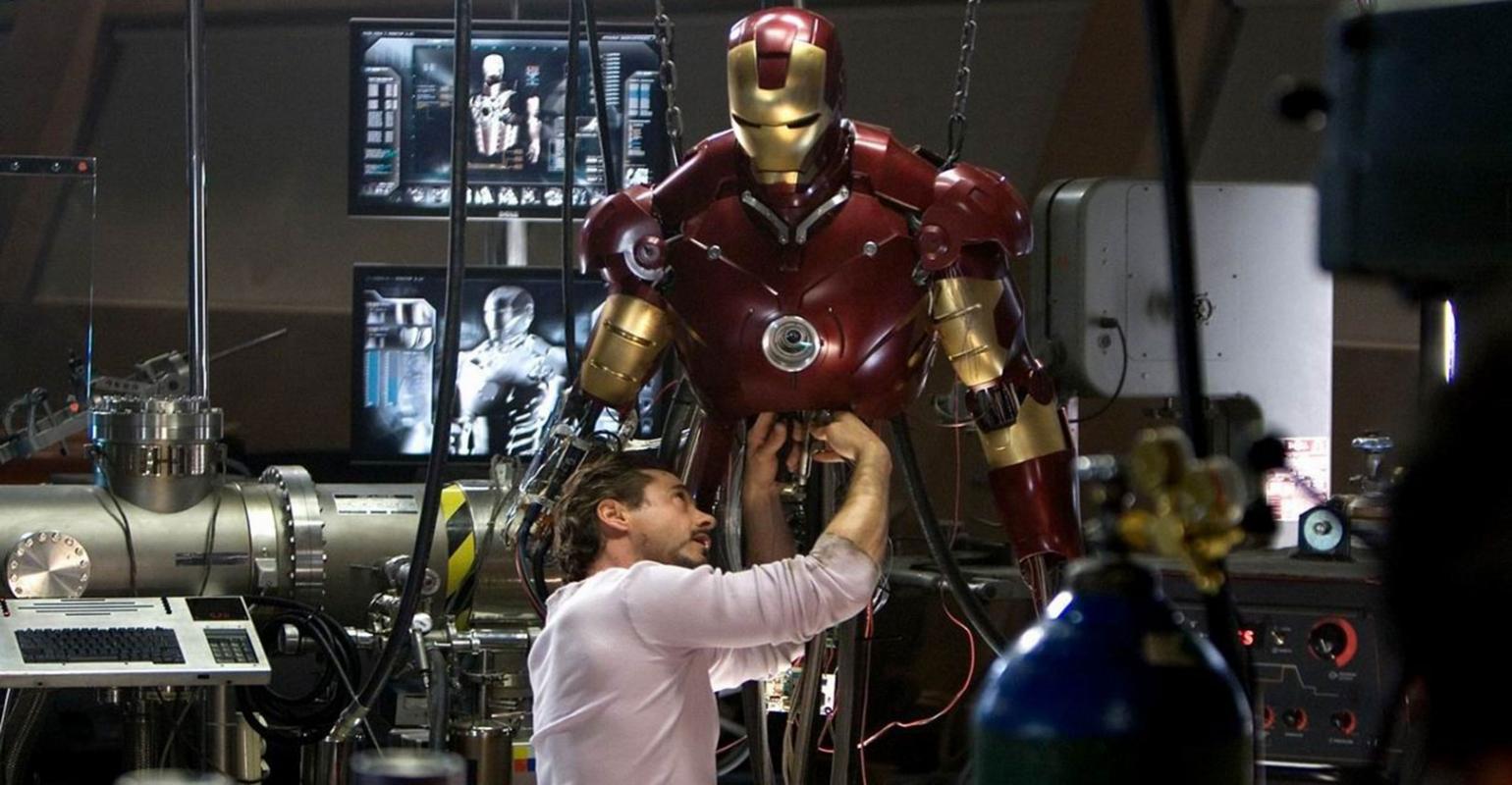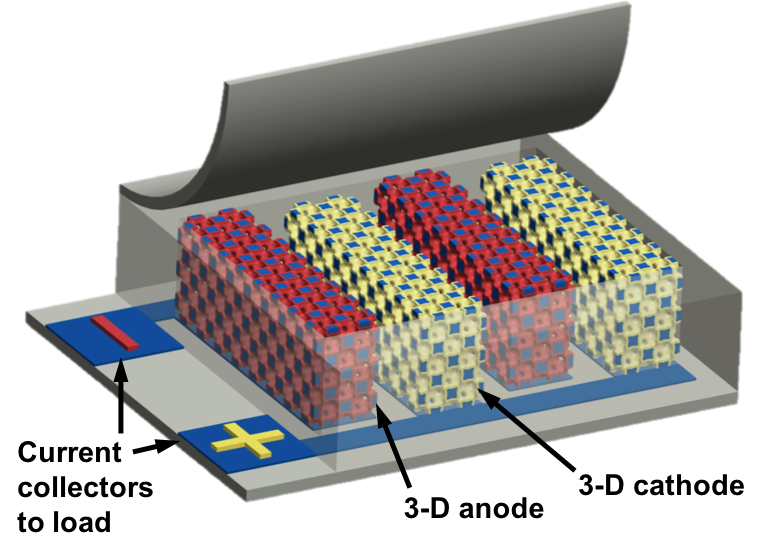Is there anything in the foreseeable future that might resemble a real Iron Man suit?
Pikul: A bulletproof walking suit is not unrealistic. But flying is extremely difficult, and I think we’re far away from energy sources that can maintain sustained flight that a human can carry.
We’re almost at the energy density [for batteries] that could sustain electric flight in airplanes, but planes are easier [to fly] than rockets because they take less energy. When you’re on a plane, the wind and wings keep you up, so you just have to sustain forward movement.
In terms of an Iron Man suit, since he doesn’t have wings, I think we’re pretty far away from batteries being able to do that. We’re just barely at the point where batteries might be able to do it for flight, and hovering is much more energy-intensive.
The Mark 50 suit is described as having ‘billions’ of nano-robots. Is this an accurate estimate given all of the things the suit needs to do, including covering a person’s body completely?
Miskin: 10 million of my group’s cell-sized robots are only a cubic centimeter, so billions would not be enough. Keeping each robot cell-sized, then you would need roughly the number of cells in your body to coat it, about 40 trillion. If you’re going to coat a person with something that small, the surface area of your body is what’s going to set the limit.
But there would be workarounds. Maybe you don’t need every square micron to be made of robots. It’s difficult to make that many robots, and, from the point of view of the material, they may not offer what you want. If you want something that’s strong or tough, those properties aren’t going to come out of robots. Robots give you adaptability, flexibility, and intelligence.
Are there any advantages to having tech that’s really small?
Miskin: One of the really cool things about being small is that you flip the script on robotics. A conventional robot is really expensive, but each of our lab’s little robots costs about 1/10,000th of a cent.
Power also flips. As you get smaller, the amount of power it costs to walk around decreases relative to your size. The amount of power that you expend on computation also decreases but at a slower rate. What winds up happening is that there’s a crossover where all of your power budget starts going to performing computation and you can completely forget about locomotion; it’s free.
If being smaller is cheaper and easier to power, what’s holding us back from using them as armor?
Miskin: Ignoring the fact that we don’t know how to scale up the production of [cell-sized robots], or how they are going to link together into some kind of impervious armor, it’s one thing to say that a tiny robot needs 10-18 watts to locomode and 10-6 to compute, but, if you make 40 trillion of them, that’s a ton of energy.
There’s no getting away from the fact that, whether you build a big robotic exoskeleton or an exoskeleton made out many of tiny robots, if it’s going to be human-sized, flip cars, and fly through space, the laws of physics require you to have tons of energy. Just making [components] small doesn’t resolve where you get that energy from.
Do you think having an engineer as a superhero sends a positive message to the next generation?
Pikul: Iron Man was this awesome kind of role model, in terms of superhero characters, for this reason exactly. He didn’t have super powers, but he was really smart and clever, and he used his smarts in the right way that allowed him to get this technology.
It’s really good for making people aware of the power of logical thinking. The more people that want to do that, the better we are prepared to address a lot of the problems we have.
This idea of the scientist becoming cool is prevalent throughout pop culture, including Black Panther, where the sister is this tech nerd and she’s awesome. I’m really glad that’s everywhere.
In contrast, what is it about nanorobots that might still feel ‘villainous,’ and has Iron Man’s latest suit done anything to combat this idea?
Miskin: In movies, nanotechnology is often this evil version of nature. There’s probably also some reaction to the concept that these things are invisible and you have no control over them.
But one of the things that’s unique about Iron Man is the role of miniaturization. Batman is like the old-fashioned version: He’s got boomerangs, grappling hooks, big clunky things. Iron Man is like the nano version: Tiny power pack, nano armor, everything is miniaturized and sleek.
Iron Man is the embodiment of the vision of taking the functional parts of all these cool components and making them small. That’s really what the microelectronics revolution did. We took computers from big things to tabletops to laptops to now these awesome things that are everywhere, and they’ve blended into our lives.








